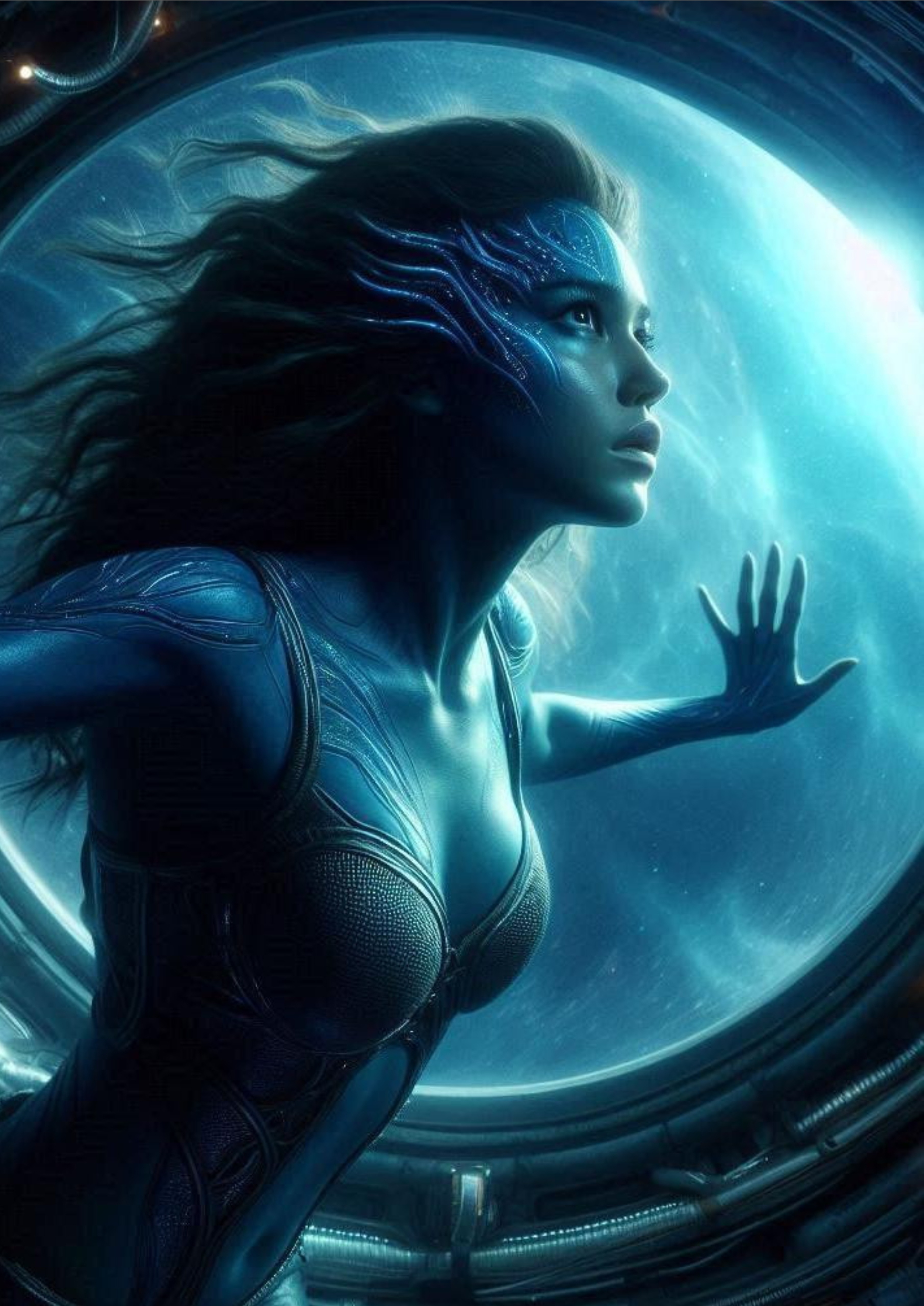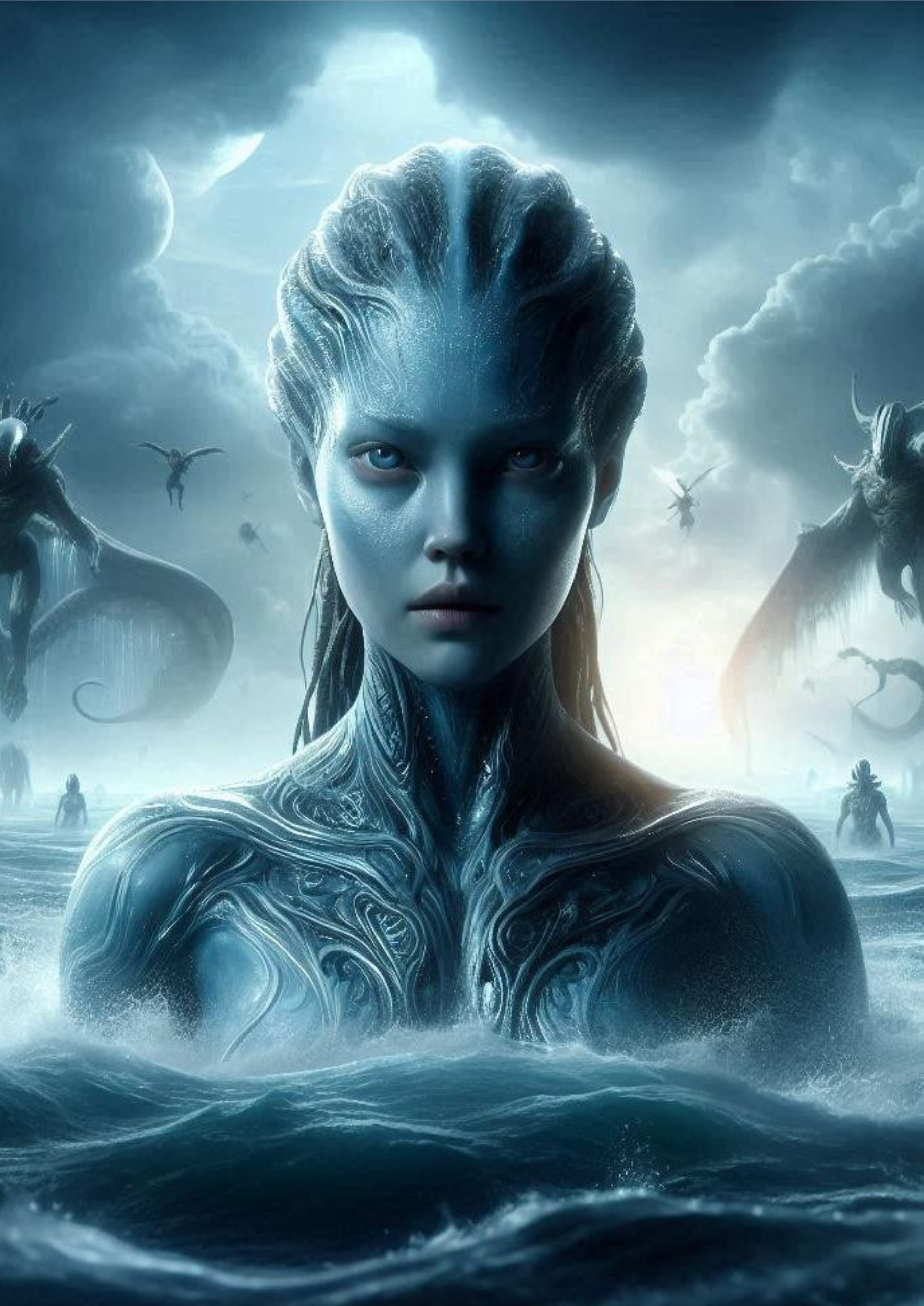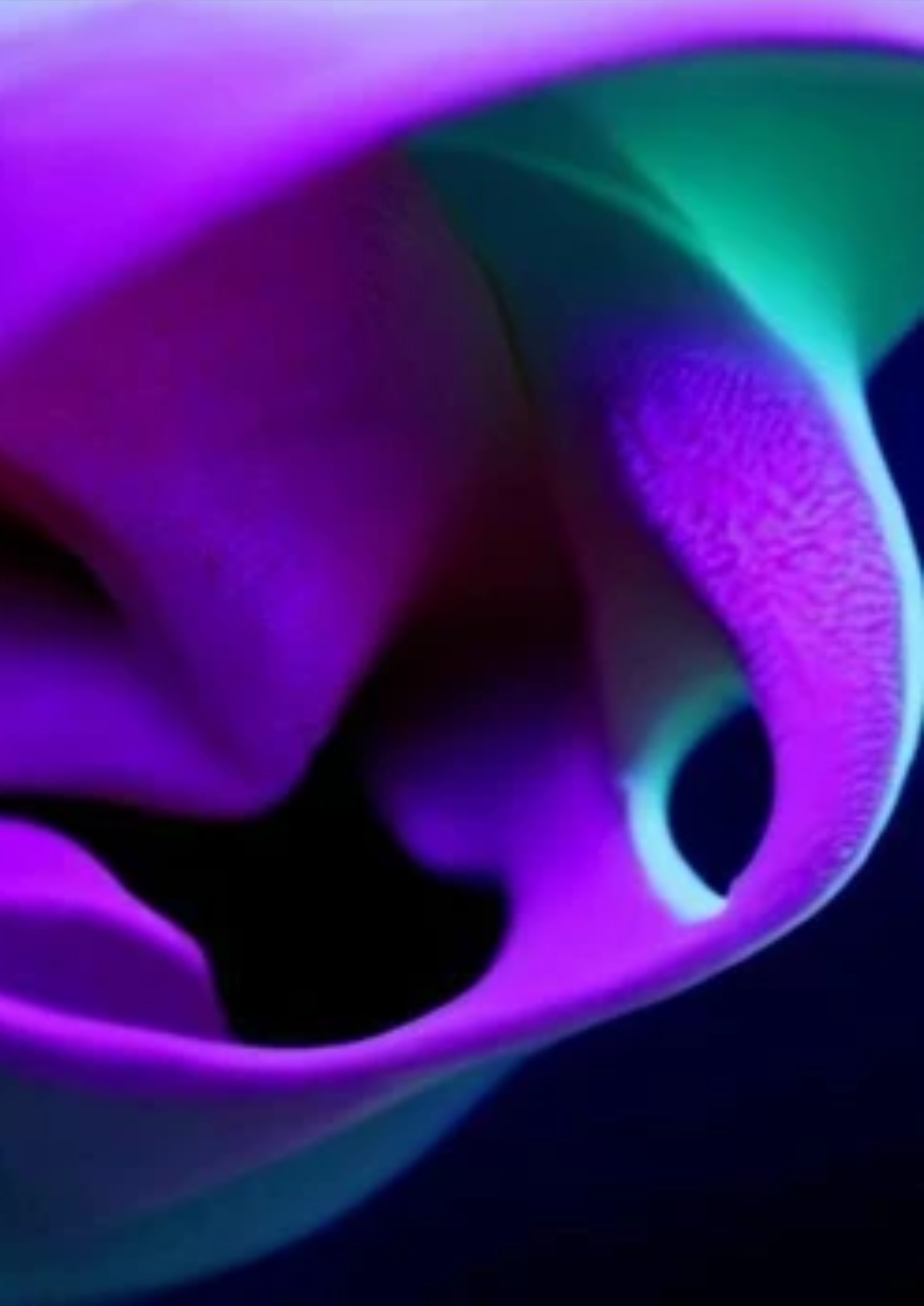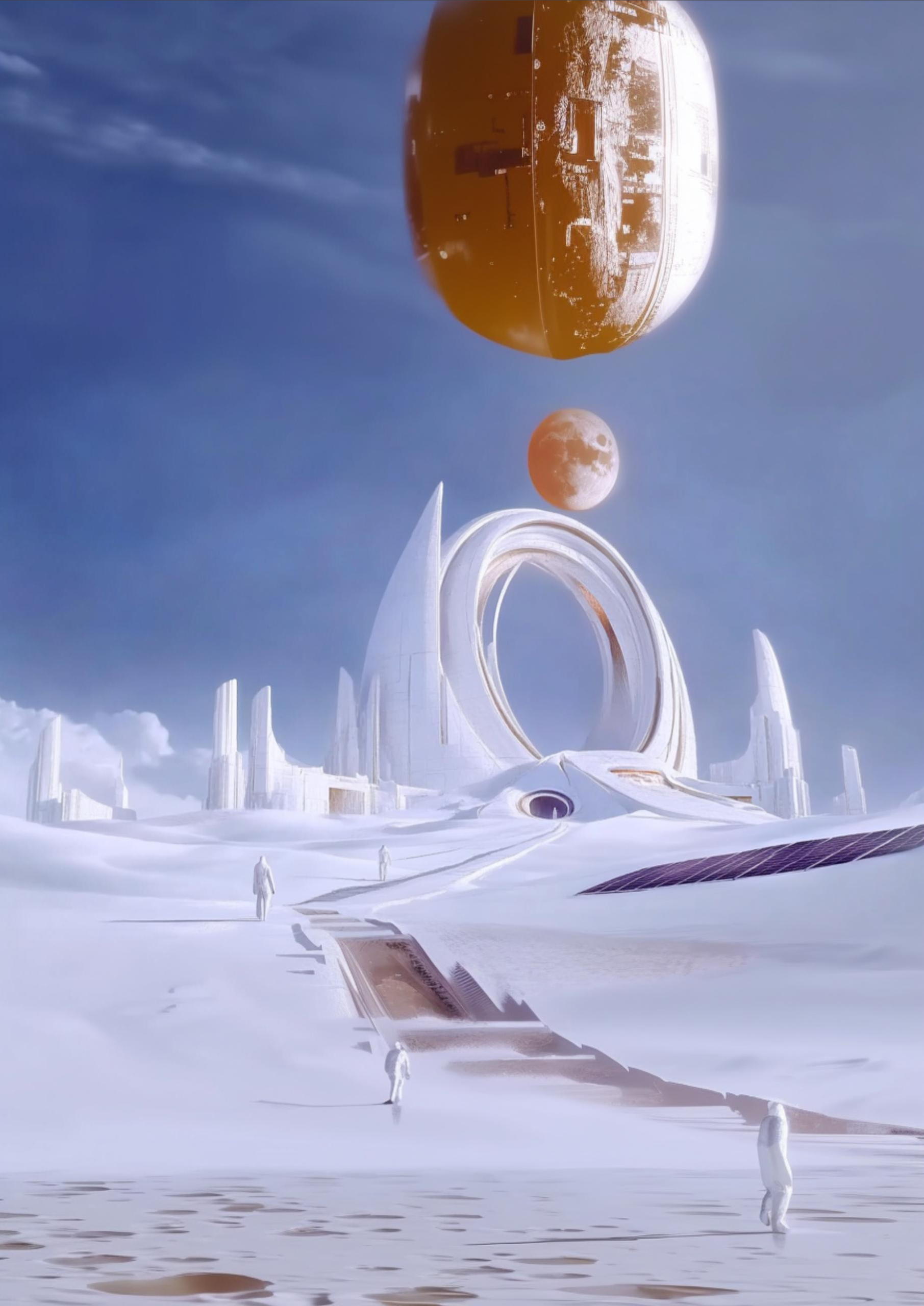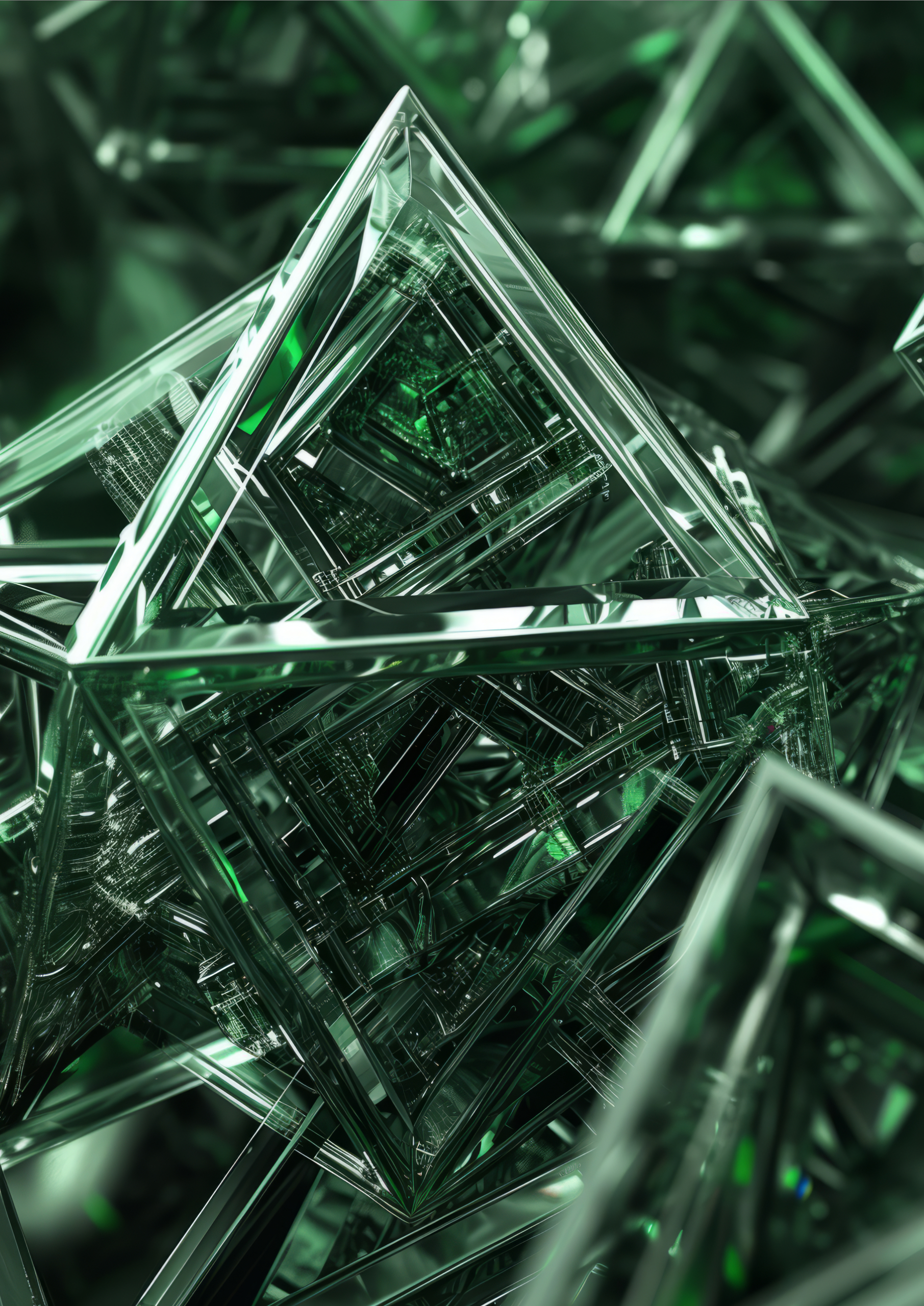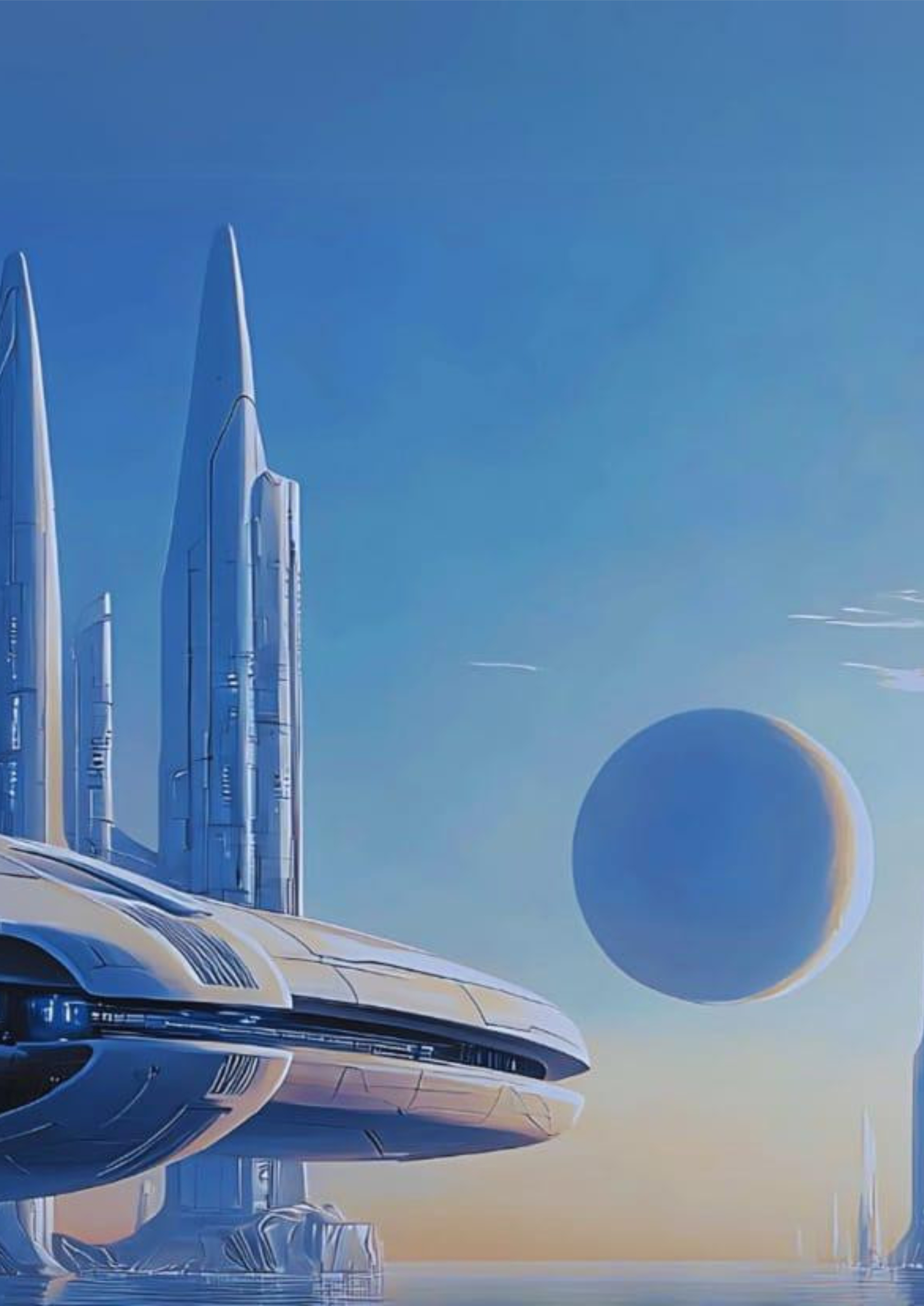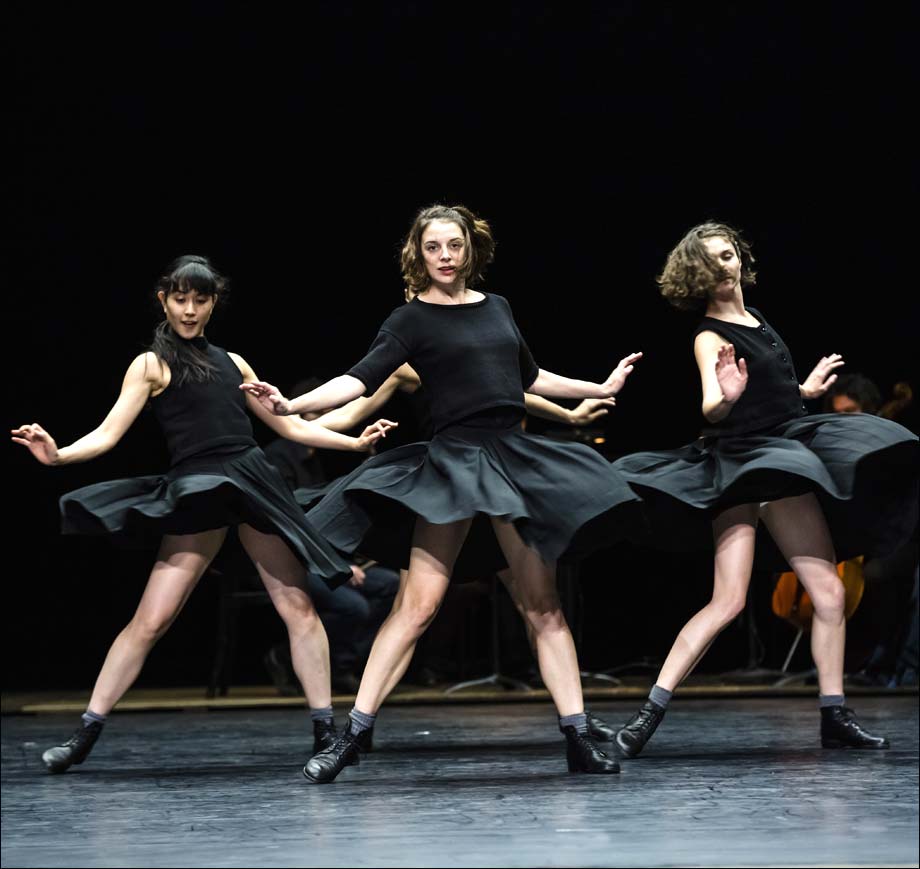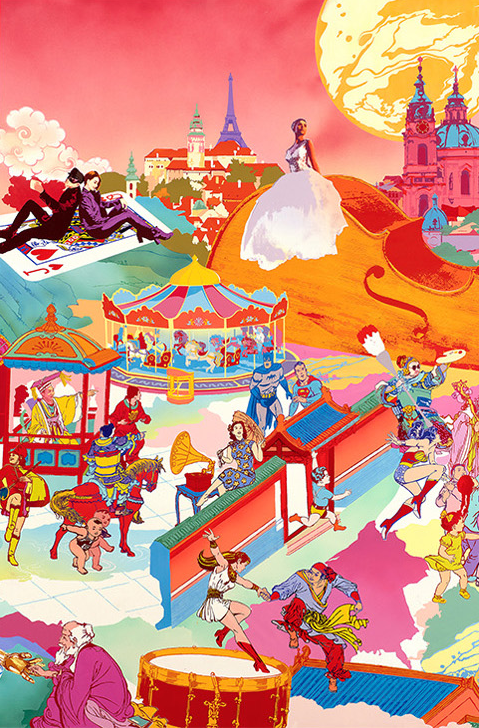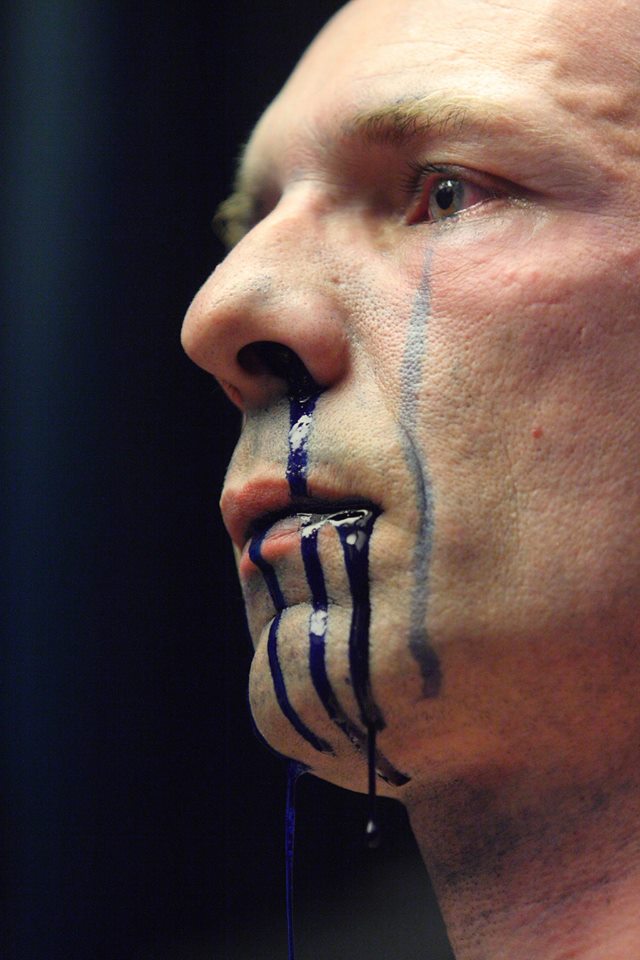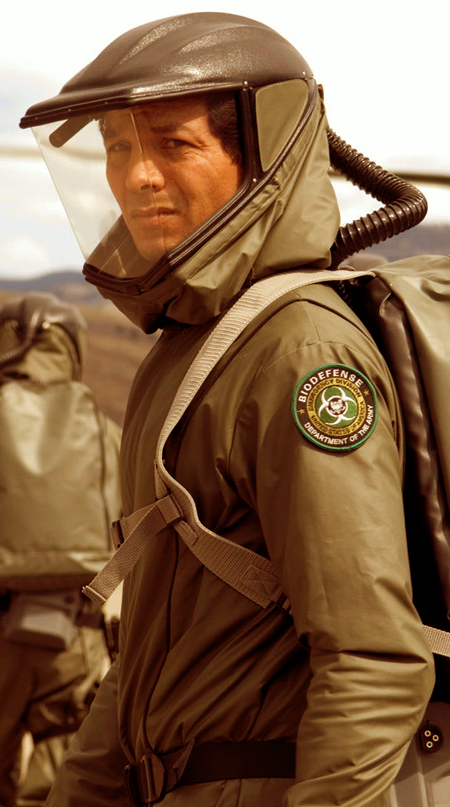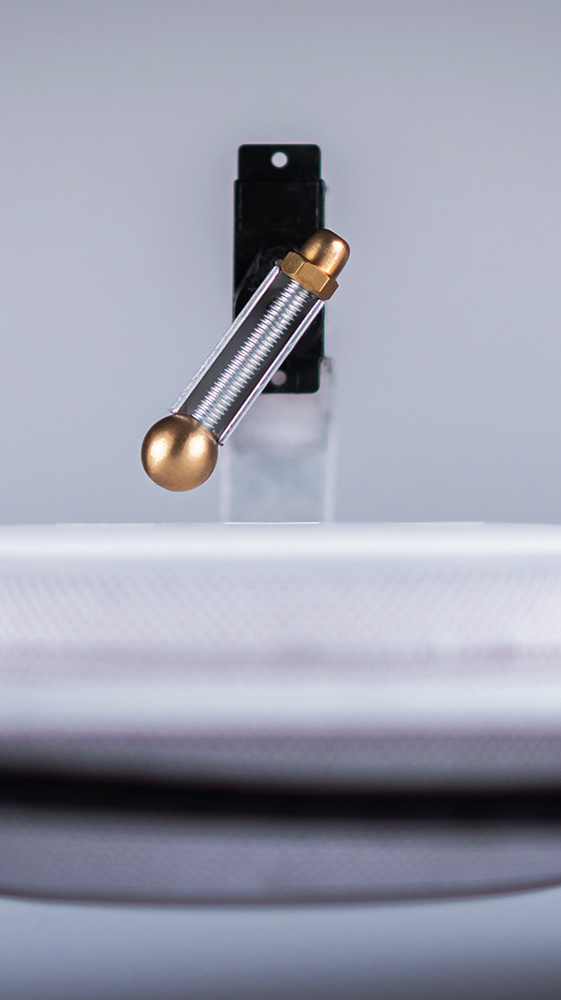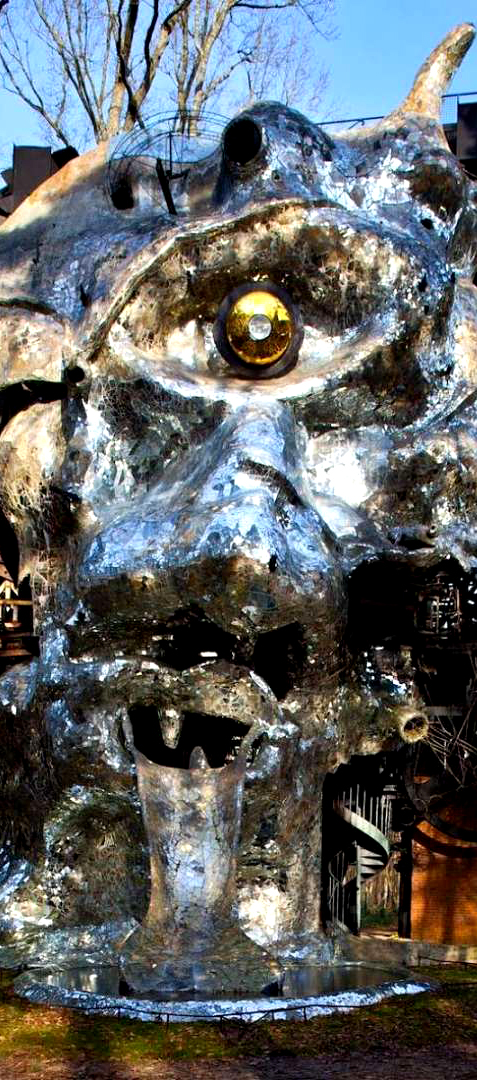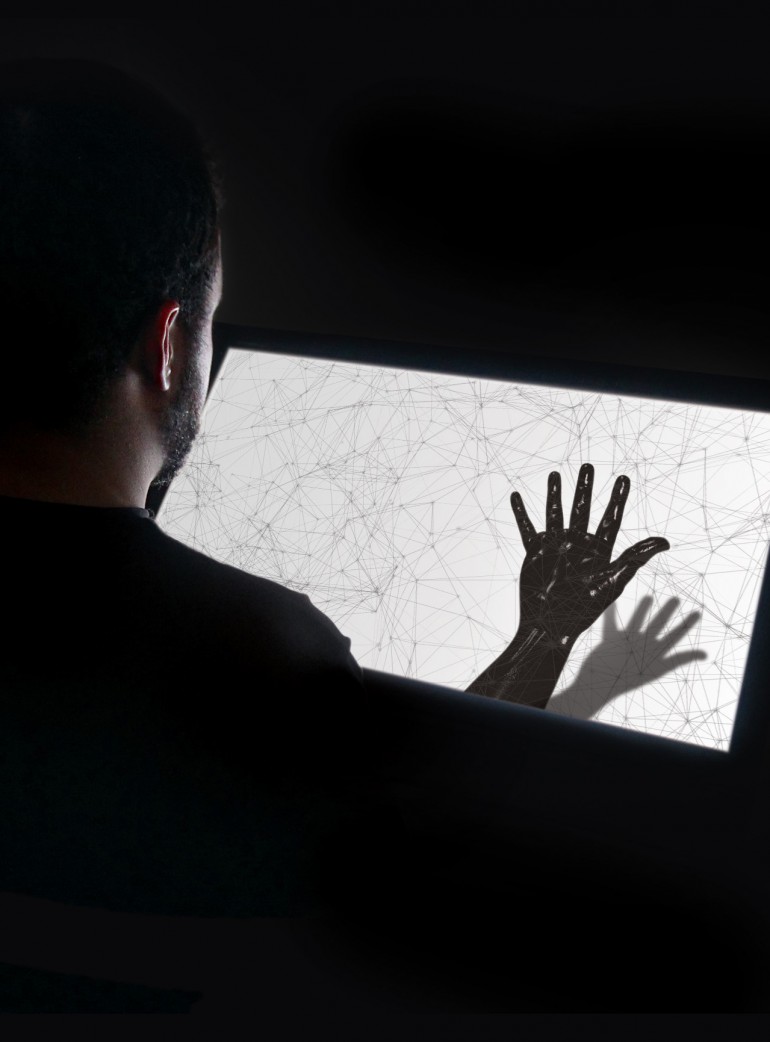
SYNTHETIKA: Darren Slater (DSM)
Portal Trip
Darren Slater (DSM)
FILE São Paulo 2025 | Instalações
Festival Internacional de Linguagem Eletrônica
Portal Trip – Reino Unido
Portal Trip é uma fusão cativante entre a música original e as animações geradas por inteligência artificial de Darren Slater, transportando os espectadores por uma jornada surreal através de dimensões em constante transformação. À medida que portais abstratos se abrem e se dissolvem em paisagens fluidas, os visuais hipnóticos se sincronizam com as paisagens sonoras imersivas de Darren, criando uma experiência audiovisual que dá a sensação de adentrar outra realidade. Mescla hipnotizante de movimento e som, este vídeo convida o público a se perder em suas profundezas oníricas de outro mundo.
BIO
Darren Slater é um músico e criador visual amador radicado no Reino Unido. Compõe trilhas cinematográficas nos estilos ambient e techno house com inspiração sci-fi, usando loops e efeitos sonoros livres de atributos. Utiliza o Krea AI Animator para dar vida a imagens geradas por IA, criando experiências imersivas. Também atua como artista tradicional, pintando mundos de fantasia com pincéis e pigmentos.
